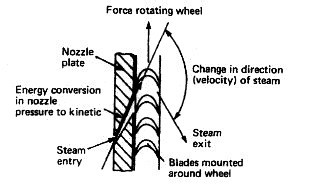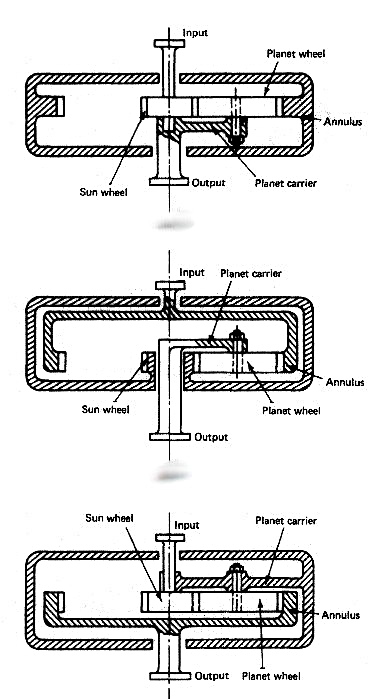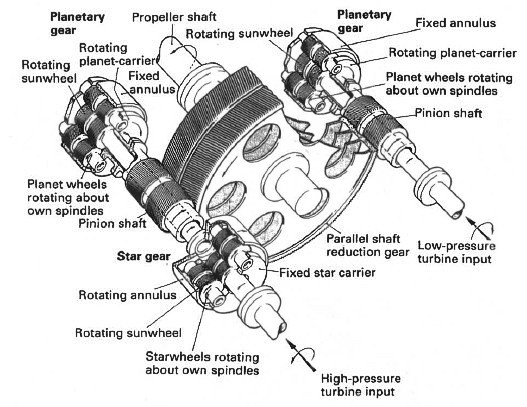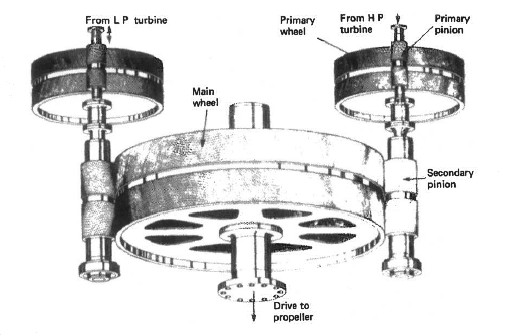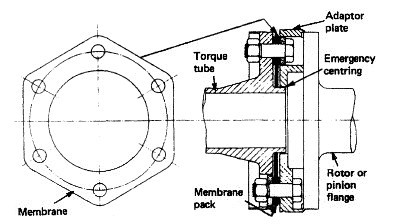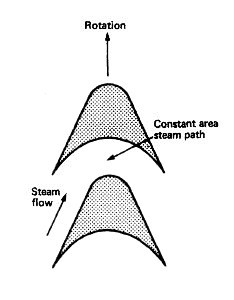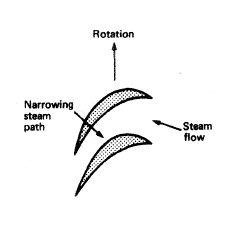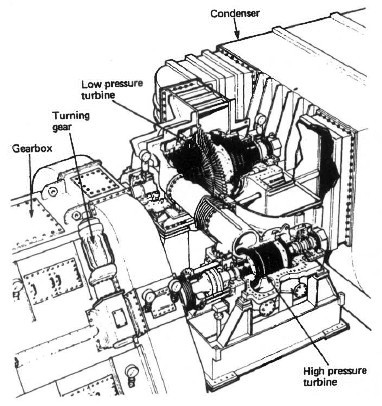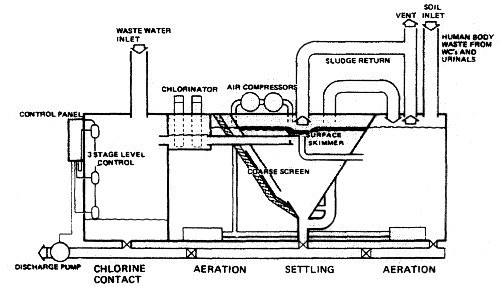Shipboard Oil Pollution Emergency Plan (SOPEP).
MARPOL 73/78 Annex 1 Regulation 37 – Every ship of 400tons gross tonnage and above and every oil tanker of 150 ton gross tonnage and above shall carry on board a Shipboard oil Pollution Emergency Plan approved by the administration.
The purpose of SOPEP is to provide guidance on the steps to be taken in the event of oil pollution incident.
The plans contains:
The procedure to be followed by the master or other person incharge of the ship to report an oil pollution incident.
The list of authorities or person to be contacted in the event of an oil pollution incident (Designated person).
A detailed description of the action to be taken immediately by person on board to reduce or control the discharge of oil following an accident.
The procedure and point of contact on the ship for coordinating shipboard action with national and local authorities in combating the pollution.
For easy reference, the following plans must be included in SOPEP
Principal particular of the vessel
General arrangement Plan
Capacity plan
Midships section
Shell Expansion plan
Pumping arrangement.
SOPEP to be kept with the Master and Chief Engineer. For it to be effective, it is important that all officers familiarise themselves with the plan. The practice drill and exercises to be carried out in order to reduce error and oversight and to save time and thus reduce the effects of an oil spill.
SHIPBOARD OIL POLLUTION EMERGENCY PLAN – SUMMARY FLOWCHART
This flow diagram is an outline of the course of action that shipboard personnel should follow in responding to an oil pollution emergency based on the guidelines published by the Organization. This diagram is not exhaustive and should not be used as a sole reference in response. Consideration should be given for inclusion of specific reference to the Plan. The steps are designed to assist ship personnel in action to stop or minimize the discharge of oil and mitigate its effects. These steps fall into two main categories – reporting and action.
Discharge of Oil
Probable or Actual
Assessment of the Nature of Incident
Actions required
Alert crew members
Identity spill source
Spill assessment
REPORTING ACTION TO CONTROL DISCHARGE
By Master and/ or designated crew member Measures to minimize the escape of oil and threat to the marine environment
When to report
All probable and actual spills
How to report
- By quickest means to coastal radio station
- Designated ship movement reporting station or
- Rescue Co-ordination Centre (at sea)
- By quickest available means to local authorities
Who to report
- Nearest Coastal State Harbour and termi-nal operators (in port)
- Shipowner´s manager; P & I insurer
- Head Charterer; Cargo owner
- Refer to contact lists
What to report
- Initial report (Res. A.851(20))
- Follow-up reports
- Characteristics of oil spilled
- Cargo/ ballast/ bunker dispositions
- Weather and sea conditions
- Slick movement
- Assistance required
· Salvage
· Lightening capacity
· Mechanical equipment
· External strike team
· Chemical dispersant/ degreasant NAVIGATION MEASURES
- Alter course/ position and/ or speed
- Change of list and/ or trim
- Anchoring
- Setting aground
- Inititate towage
- Assess safe haven require-ments
- Weather/ tide/ swell fore-casting
- Slick monitoring
- Record of events and commu-nications taken SEAMANSHIP MEASURES
- Safety assessment and pre-caution
- Advice on priority countermea-sures/ preventive measures
- Damage stability and stress consideration
- Ballasting/ deballasting
- Internal cargo transfer opera-tions
- Emergency ship-to-ship trans-fers of cargo and/ or bunker
- Set up shipboard response for:
· Leak sealing
· Fire fighting
· Handling of ship-board response equipment (if available)
· Etc.
STEPS TO INITIATE EXTERNAL RESPONSE
- Refer to Costal Port State listings for local assistance
- Refer to ship interest contact list
- External clean-up resources required
- Continued monitoring of activities
